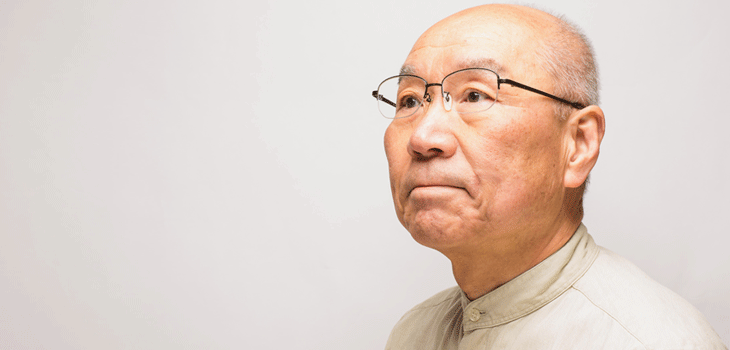
Stress Free Retirement
Traditionally, low risk investments are recommended at this stage in life. But today – with many low risk investments paying such low interest rates, they are not necessarily viable to keep up with rates of inflation. For my retired clients, I recommend balancing your portfolio with income and growth investments that will provide good rates of return.
Is Your Investment Advisor Getting The Most
Out Of Your Money?
This is a key time to ensure you’re getting the right kind of advice from your Investment Advisor. If you think that your investments are not being looked after, you are probably right – you deserve better! You want to ensure that you’re dealing with someone who is responsive to your needs, understands that you’ve moved into a stage that is focused as much on preservation of capital as it is on investment growth.
Protecting Your Investments
Unlike many investors, most retirees don’t have enough time to invest in markets that have large peaks and valleys. It can take several years for a stock to come back and you don’t want to wait that long. Consequently, many move their holdings into bonds and preferred shares. It’s also important to have a balanced portfolio to protect against things such as interest rate risk.
Do You Need To Adjust Your Portfolio Mix?
People in retirement tend to want less volatile investments in their portfolio. More often than not, you will look for income generating lower risk types of investments. Generally speaking, your focus is on capital preservation first and growth second. You want a decent rate of return to keep up with inflation and their style of living.
When it comes to our portfolio, like many aspects of life such as lifestyle or diet, balance always makes sense. Thus, why would your investments be any different? If you are in the drawdown stage of life, you are probably no longer working and thus cannot or should not take the same risks as someone who is younger and earning an income. Inside the portfolio, there should be a large component of lower risk investments like preferred shares or corporate bonds. The yields of corporate bonds tend to be higher than the yields in government bonds.
On the equity side, consider dividend paying stocks in the utilities, bank, telecom and pipelines sector. There are companies in these sectors that tend to be a little less volatile than the market as a whole, but have yields that are higher than investment grade corporate or government bonds.
Potential Portfolio Mix
- Corporate Bonds / Preferred Shares (other fixed income products) 50%
- Financials 15%
- Telecommunications 10%
- Oil / Utilities / Pipelines 10%
- Biotech / Pharmaceuticals 10%
- Real Estate Trusts 5%










